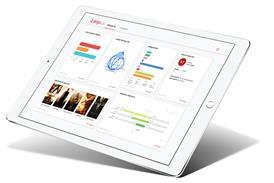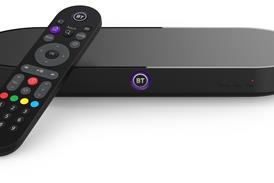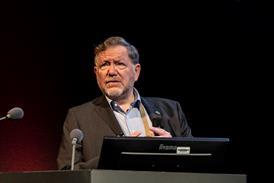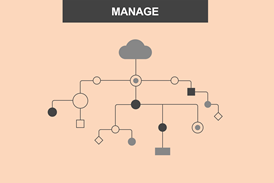Using the cloud to build data-driven broadcasters

As digital content consumption grows, for the first time broadcasters have a direct customer relationship with the viewer with “real-time” insight into the user experience, writes Yeming Wang.
If you were to ask anyone born in this century what is a TV schedule, their response may be to look at you pityingly. A full page of TV listings in every daily national newspaper once constituted the core of the nation’s evening leisure planning. While this may still be true for older generations, for millennials it is increasingly irrelevant. Even the move to EPGs (electronic programme guide) was a temporary fix, as next generation digital transformation has already made this largely redundant for a younger generation for whom on-demand viewership has become their default watching method.
Why does this matter? It matters because the one-to-many model of content delivery is being challenged from all sides.
By 2026, according to a forecast by Enders Analysis, less than half of video consumed in the UK will be from traditional TV platforms. While the old broadcast models are not dead yet (it currently accounts for around 80% of viewing in the UK), new opportunities must be grasped, and new business models executed in parallel to keep existing businesses operating if broadcasters are to compete and thrive against the internet giants. In fact, the BBC…
Read the full article

Sign up to IBC365 for free
Sign up for FREE access to the latest industry trends, videos, thought leadership articles, executive interviews, behind the scenes exclusives and more!
Already have a login? SIGN IN




















